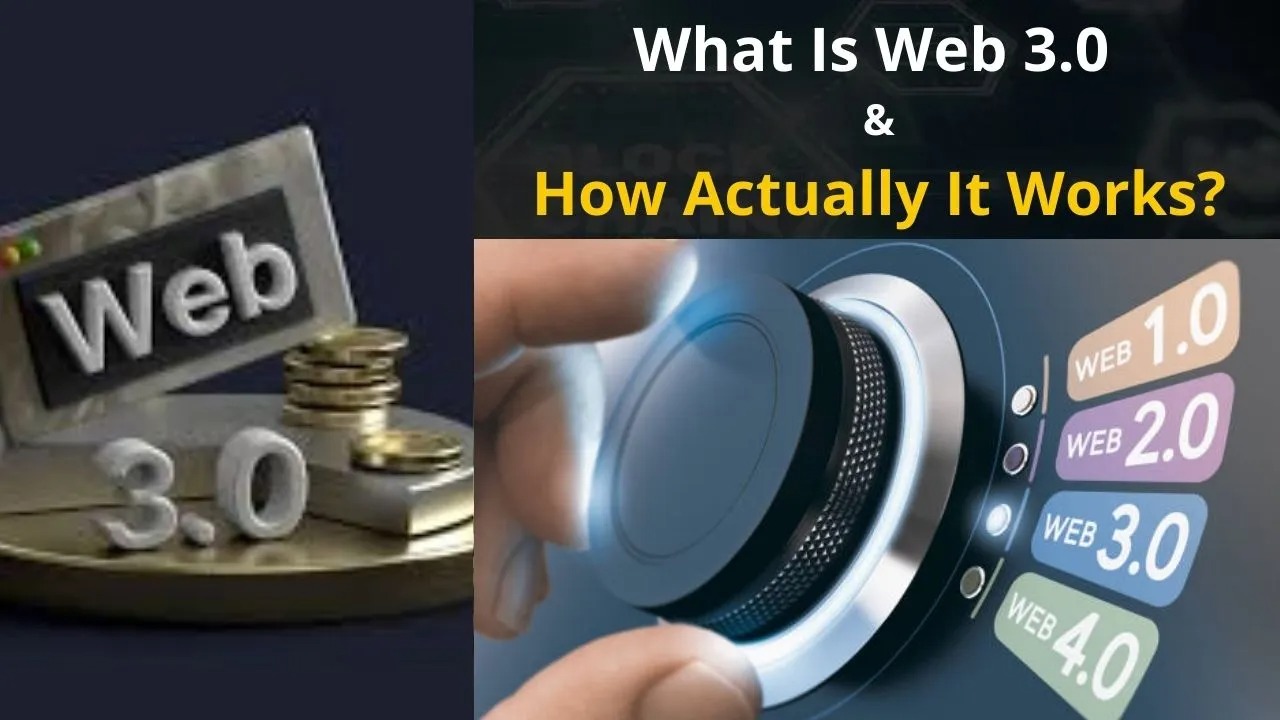What is Web 3.0? And How Actually Does Its Work?
Hello My Dear Friend, In this post “What is Web 3.0? And How Actually Does It Works?” We will be going to read about Web 3.0 and How its works in detail. So…
Let’s Start…
What is Web 3.0? And How Actually Does Its Work?
Web 3.0 is a term that is sometimes used to refer to the evolution of the World Wide Web, particularly in regard to the integration of artificial intelligence, machine learning, and the use of blockchain technology.
It is also sometimes referred to as the “Semantic Web,” as it is expected to enable computers to understand the meaning of the data on the Web, rather than just being able to read it as raw text.
One aspect of Web 3.0 that is often discussed is the use of blockchain technology to create decentralized applications (DApps). These DApps would operate on a blockchain network and would be able to function without the need for a central authority or server.
This would allow for greater security and transparency, as the data stored on the blockchain would be distributed across a network of computers, rather than being stored in a central location.
Other potential features of Web 3.0 could include the integration of artificial intelligence and machine learning algorithms, which could be used to personalize and improve the user experience, as well as to perform tasks such as data analysis and decision-making.
Overall, the exact nature and capabilities of Web 3.0 are still being developed and debated, and it is not yet clear exactly how it will work or what it will look like. However, it is expected to be a significant evolution of the current Web and could have a major impact on a wide range of industries and applications.
Web 3.0 is still in the early stages of development, and as such, there is not a specific set of technologies or features that are universally agreed upon as being part of it. However, there are several key themes that are often discussed in relation to Web 3.0:
- Decentralization: One of the main goals of Web 3.0 is to create a more decentralized and distributed Web, where data and applications are not controlled by a single entity or server, but rather operate on a network of computers. This could be achieved through the use of blockchain technology, which allows for the creation of decentralized applications (DApps) that operate on a decentralized network.
- Artificial intelligence and machine learning: Web 3.0 is expected to make greater use of artificial intelligence and machine learning technologies, which could be used to personalize the user experience, perform tasks such as data analysis and decision-making, and enable the Web to become more intelligent and responsive.
- The “Semantic Web”: Web 3.0 is sometimes referred to as the “Semantic Web,” as it is expected to enable computers to understand the meaning of the data on the Web, rather than just being able to read it as raw text. This could be achieved through the use of standardized data formats and the creation of “ontologies” (sets of rules for representing and organizing data in a way that can be understood by computers).
- Enhanced security and privacy: Web 3.0 is expected to incorporate greater security and privacy features, such as the use of encryption and decentralized networks, in order to protect users’ data and prevent malicious activity.
Again, it is important to note that Web 3.0 is still in the early stages of development, and its exact nature and capabilities of it will likely evolve over time.
Finally, Thanks For Reading “What is Web 3.0? And How Actually Does It Work?“.
If you have any questions related to “What is Web 3.0? And How Actually Does It Work?“, So, please comment below.
Must Read:

